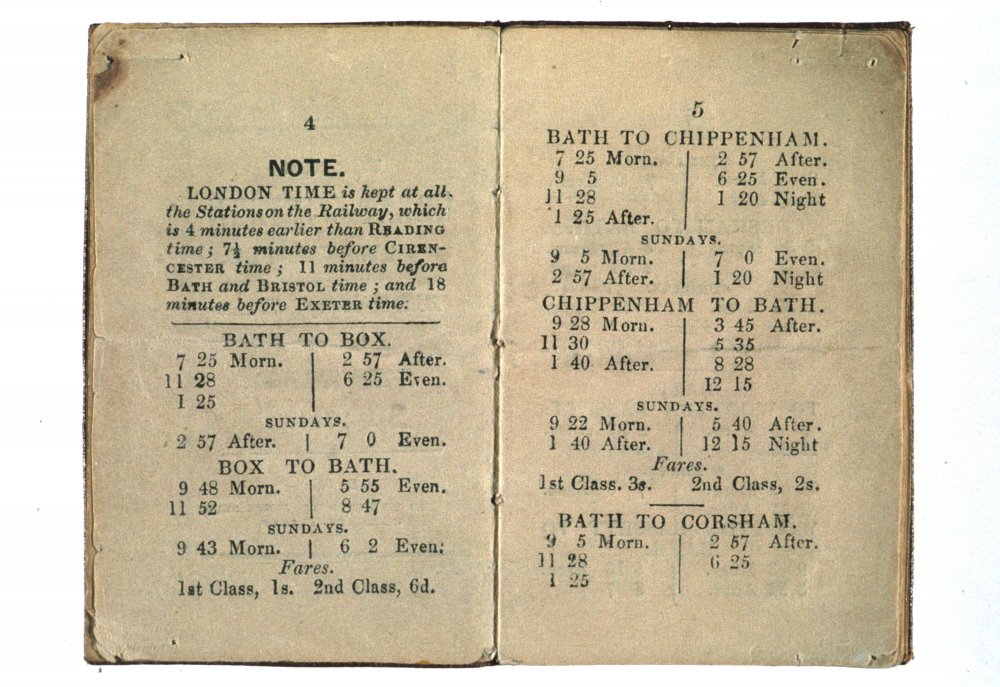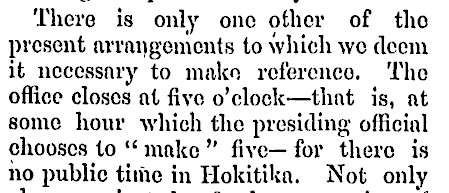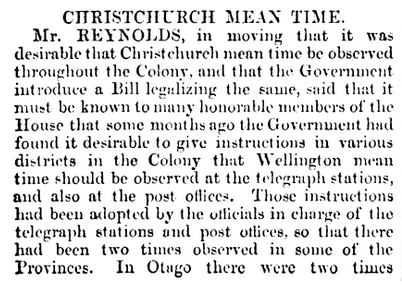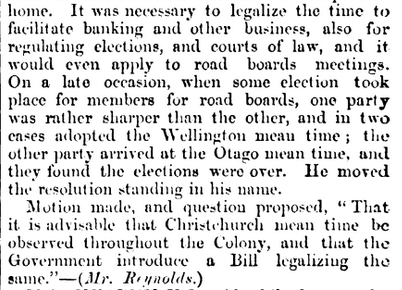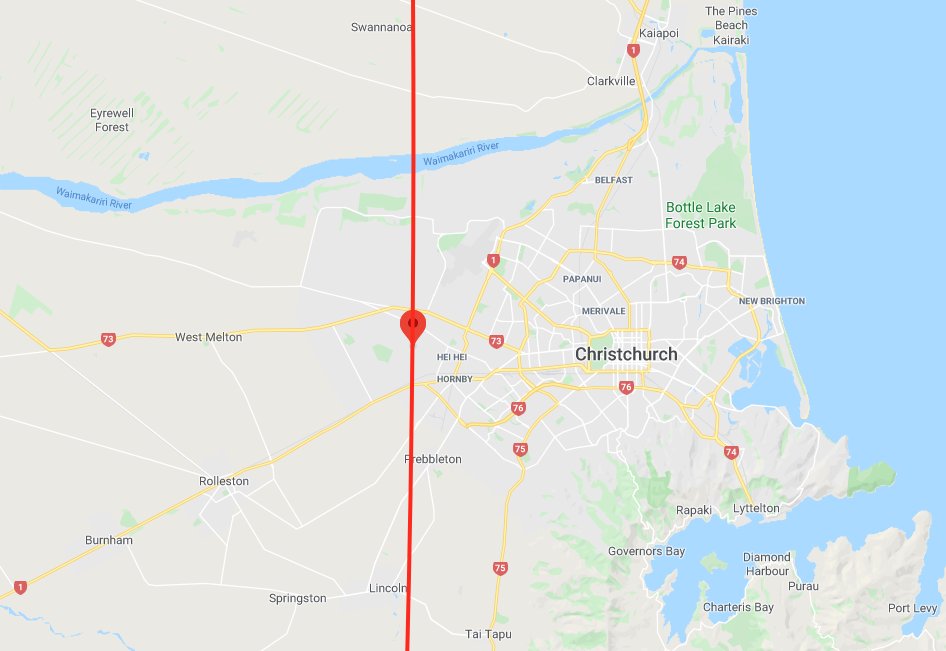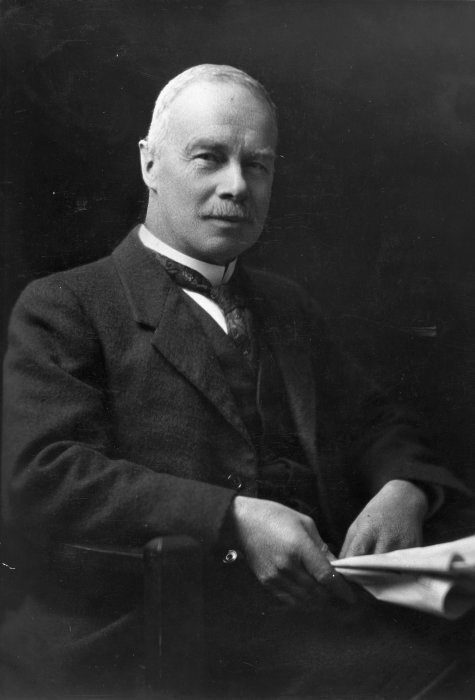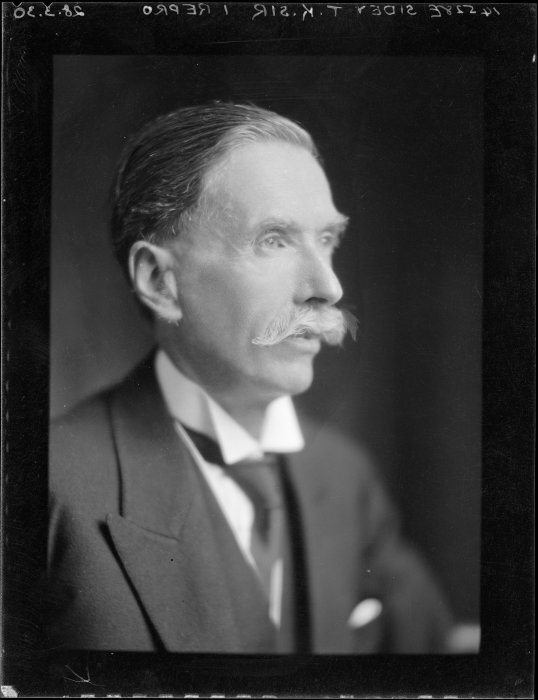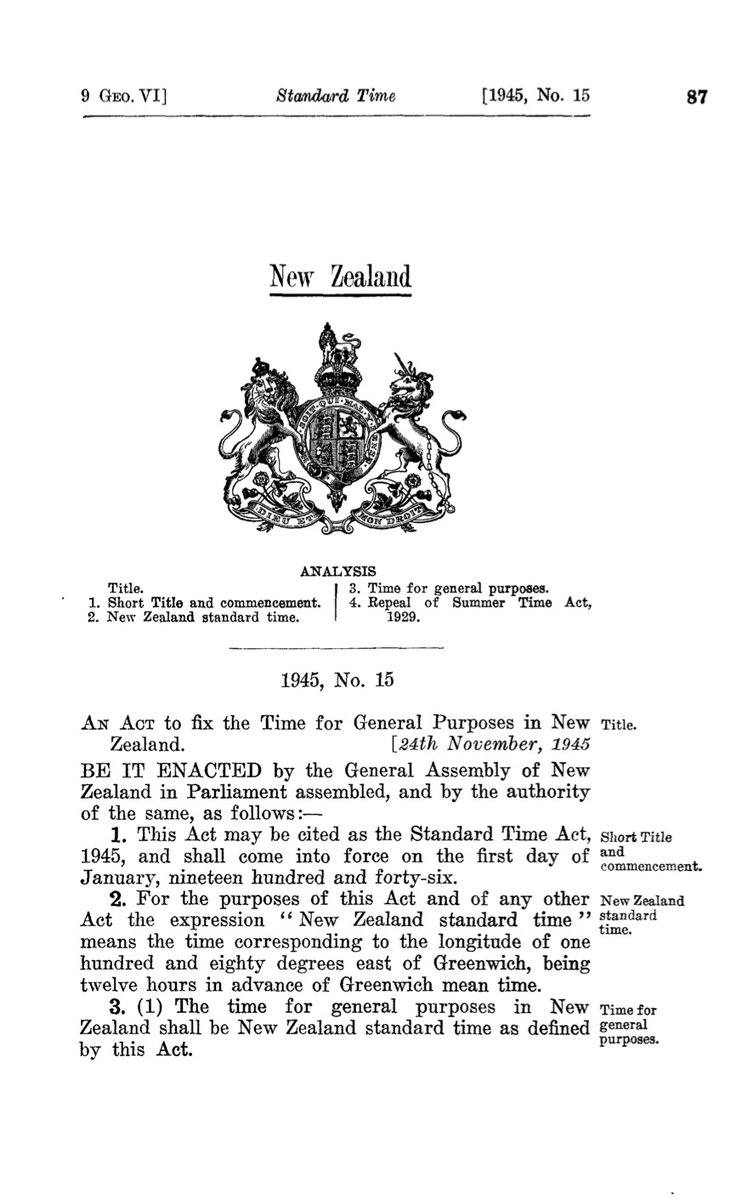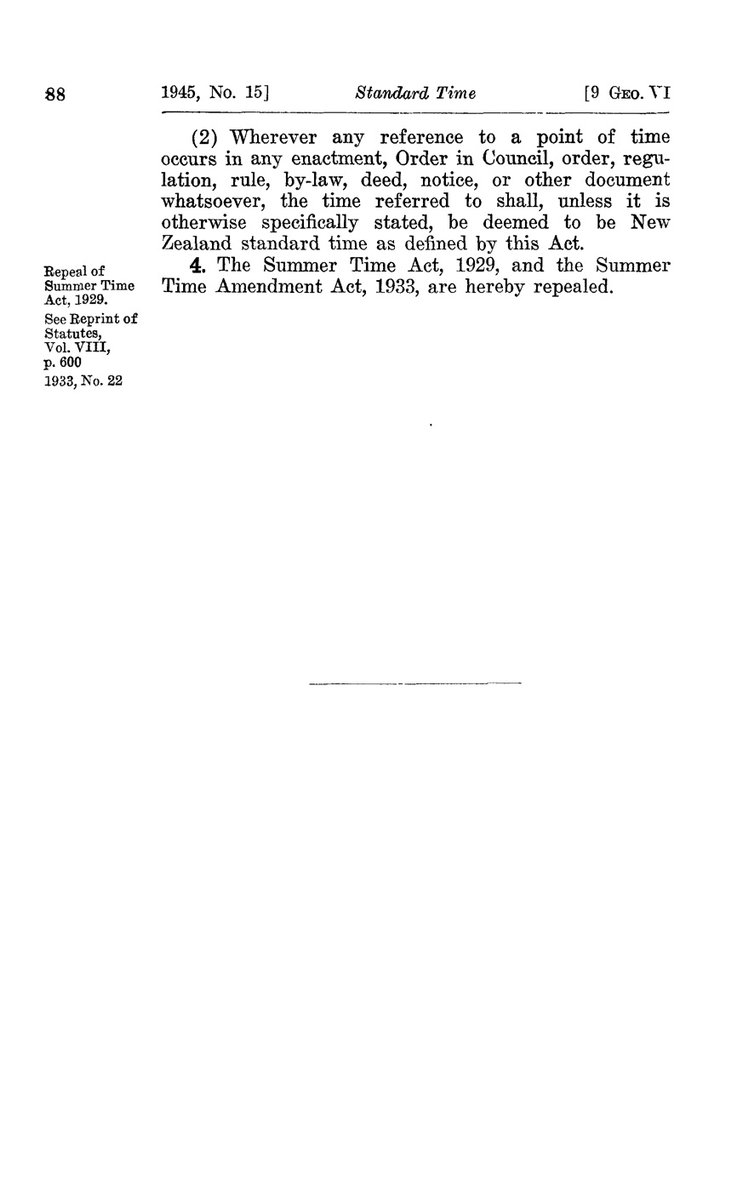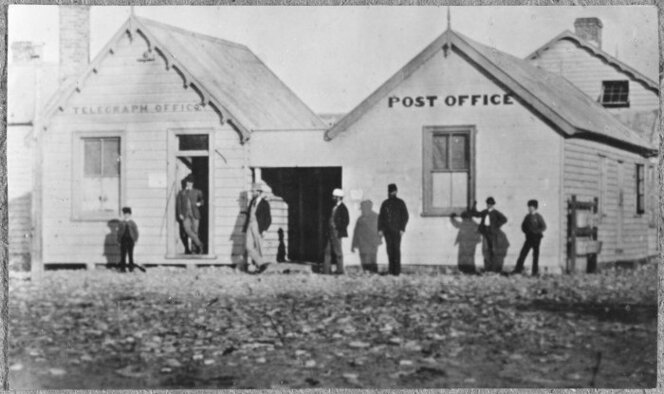Early this morning, daylight saving concluded in New Zealand. This is, I think, a good opportunity to highlight two Kiwi innovations: it was the first country in the world to establish a national mean time and a New Zealander invented DST. How did that happen? Well, read on...
In the mid 19th century, time was becoming more regulated but people observed their local times. Many places lacked the astronomical transit instruments to calculate a true local time and used rough approximations that could vary greatly between towns even in small areas.
In Europe and North America, the spread of railways pushed regions and countries to adopt common times. The Great Western Railway in the UK was first to adopt a "railway time". This could be confusing—here& #39;s a page of a GWR timetable in 1844 (UK Science Museum). Read the note!
Now, you& #39;re probably thinking "oh here we go, this is another one of André& #39;s railway threads with a thin disguise at the start". It& #39;s not! Railways are a big part of the story elsewhere but *not* in New Zealand. It had about 87km of railways in 1868 when standard time began.
Local times in New Zealand were inexact except in Wellington and Dunedin, where provincial govts bought transit instruments. Eric Pawson& #39;s research highlights an earthquake in 1855. Wellington recorded it at 1:20am. Nelson gave it as 1am. Whanganui? 1:05am. Napier? 1:15am.
If all the local times had been exact, Napier would have been furthest ahead. Some of this thread draws on Pawson& #39;s article "Local times and standard time in New Zealand", Journal of Historical Geography 18:3 (1992). Paywalled here: https://www.sciencedirect.com/science/article/abs/pii/030574889290204M">https://www.sciencedirect.com/science/a...
Local times were not always reliable. Christchurch and Lyttelton lacked transit instruments to set time exactly; complaints in Canterbury newspapers attest that Lyttelton time was sometimes ahead of Christchurch, sometimes behind it! And how about this from Hokitika, 7 Feb 1866?
Telegraphy& #39;s expansion suggested the need for a standard time—Wellington and all the South Island provincial capitals were linked in 1866. By 1868 the postmaster-general mandated Wellington time in all offices, to which Dunedin (17mins behind) took offence: more northern tyranny!
And so, on 2 September 1868, W.H. Reynolds put a resolution to parliament for a national time—he offered Christchurch time as a compromise. This was formalised as longitude 172º30& #39;E, which is close to NZ& #39;s mean longitude. It was accepted and NZ Mean Time began on 3 November 1868.
The red line marks 172º30& #39;E through Christchurch& #39;s western fringe. Another advantage is that this longitude is exactly +1130 of Greenwich mean time, which was becoming standard across the UK (made official in 1880).
But wait, you say, NZ& #39;s standard time today is not +1130. Well!
But wait, you say, NZ& #39;s standard time today is not +1130. Well!
Meet George Vernon Hudson ( @NLNZ PAColl-6301-20), a Wellington entomologist and astronomer. You can blame daylight saving on him and his shift work. No, really, DST is another Kiwi innovation. The lad wanted more sun.
Hudson proposed daylight savings—a "seasonal time-adjustment" was his less catchy name—in a paper to the Wellington Philosophical Society on 16 October 1895. He was a bit dispirited when the idea met with some ridicule, but he lived to see it adopted. See: http://rsnz.natlib.govt.nz/volume/rsnz_28/rsnz_28_00_006110.html">https://rsnz.natlib.govt.nz/volume/rs...
Thomas Kay Sidey (NLNZ 1/1-018764-F), MP for Dunedin South, liked Hudson& #39;s idea. Every year from 1909 he introduced a bill to parliament for a summer time. He finally got his way in 1927. Cheers to @WhatsnewonNZLII for the act: http://www.nzlii.org/nz/legis/hist_act/sta192718gv1927n14219/">https://www.nzlii.org/nz/legis/...
From November 1927 to March 1928, New Zealand observed its first summer time, an hour ahead of mean time (+1230 GMT). The next summer this was revised: time advanced just half an hour to +1200. This proved more popular and was observed through to 1941.
Emergency regulations during WWII made New Zealand& #39;s summer time the standard time from 1941, and in 1945 this became permanent. Here& #39;s the rather straightforward legislation that made NZ Summer Time into today& #39;s NZ Standard Time.
+1200 is the local time of nowhere in New Zealand. It follows longitude 180ºE out in the Pacific closer to the Chatham Islands than mainland New Zealand (they observe +1245). Our current DST, +1300, began in 1974; the only changes since have altered when NZDT starts and finishes.

 Read on Twitter
Read on Twitter